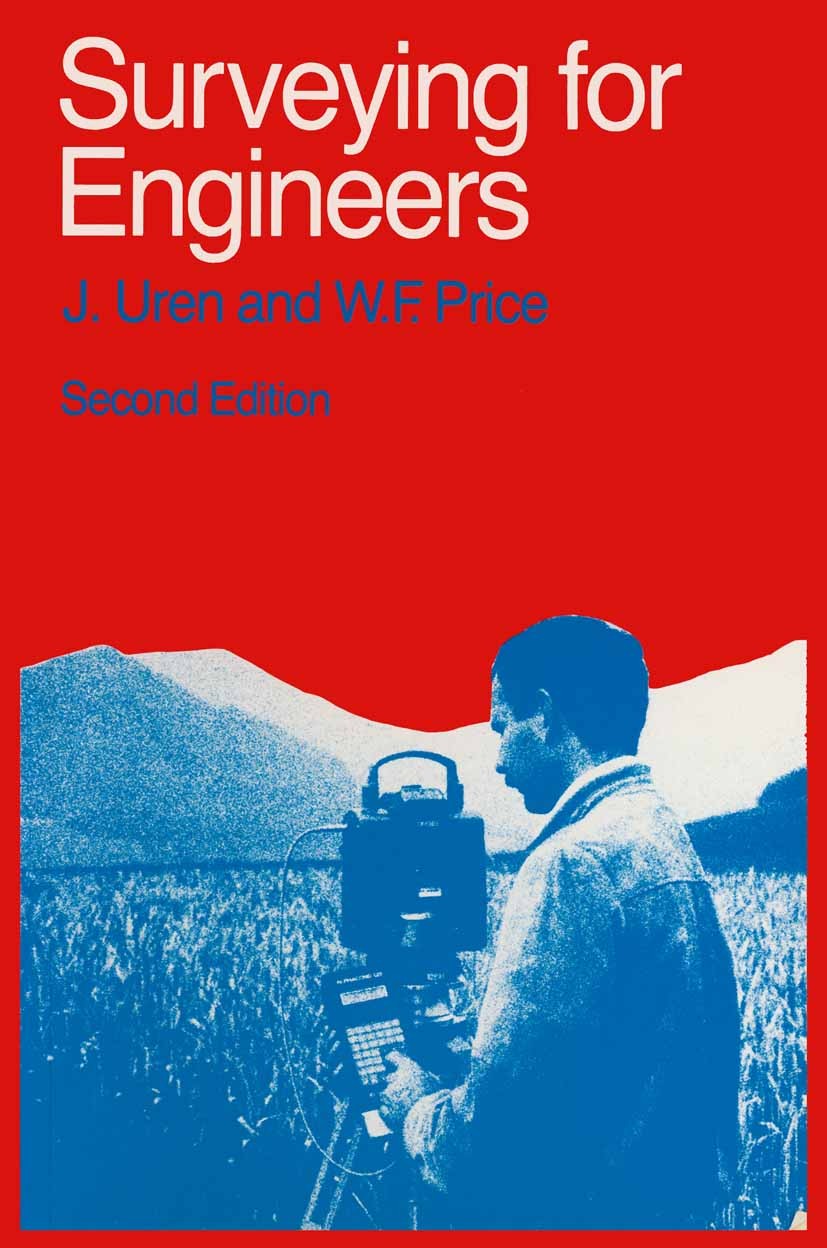SURVEY 1
4. Surveying Procedures and Data Handling
4.2. Surveying Procedures and Field Work
1. Surveying Procedures: A Step-by-Step Overview
Surveying procedures are typically divided into different stages, each designed to achieve specific goals. These stages are performed sequentially to ensure that accurate and reliable data is collected.
1.1. Pre-Survey Planning
Before the fieldwork begins, thorough planning is essential to ensure that the survey is carried out efficiently and effectively. This step involves the following:
- Defining Survey Objectives: The surveyor first determines the purpose of the survey, which may be to establish boundaries, prepare for construction, create a topographic map, or assess land for development.
- Gathering Background Information: The surveyor reviews existing maps, property records, and previous surveys to understand the area being surveyed. This includes studying the legal documents (e.g., deeds or land titles) that define property boundaries.
- Selecting Survey Equipment: Depending on the survey's objectives, the appropriate equipment (total station, GPS, levels, measuring tapes, etc.) is chosen.
- Team Setup: Surveying work often requires a team. The surveyor in charge coordinates the activities, while field assistants perform measurements, stake points, or manage equipment.
- Site Assessment: A preliminary visit to the site is necessary to identify access points, obstacles, and potential hazards that could affect the fieldwork.
1.2. Field Survey Work
Fieldwork is the stage where the actual measurement and data collection occur. It involves using the selected surveying instruments and performing various measurements to gather necessary information.
-
Setting Up Control Points:
- Purpose: Control points serve as reference points that surveyors use to establish the relative positions of other points. These can be physical markers such as steel pins or temporary stakes.
- Method: In some cases, surveyors set up a primary control network using precise instruments like GPS or total stations. The control points are used throughout the survey to ensure the consistency and accuracy of all subsequent measurements.
-
Measuring Angles and Distances:
- Using Total Stations: A total station is one of the most common instruments used in modern surveying. It allows surveyors to measure both angles (horizontal and vertical) and distances between points.
- Using Measuring Tapes and Chains: For smaller-scale surveys or specific tasks like boundary marking, surveyors use measuring tapes or chains to measure the distances between points.
- Using GPS for Positioning: GPS technology is used for more precise location data, especially in large-scale or geodetic surveys, where determining exact coordinates is crucial.
-
Taking Elevation Readings (Leveling):
- Purpose: Surveying elevation differences is critical for the design of foundations, drainage systems, roads, and infrastructure.
- Instruments Used: An optical or automatic level is used in conjunction with a leveling rod to measure vertical distances. This allows surveyors to establish height differences (or "elevations") between various points on the land.
- Process: The instrument is set up at a known point (benchmark), and the leveling rod is used at various points to record the height differences. The data collected helps in determining the slope and contour of the land.
-
Taking Topographic Measurements:
- Purpose: A topographic survey is used to capture the physical features of the land, including elevations, contours, existing buildings, roads, trees, and other landscape features.
- Method: Surveyors take measurements along a series of lines or grids, recording both horizontal distances and vertical elevations. This data is then used to create contour maps or 3D models of the land.
-
Boundary and Property Line Measurements:
- Purpose: Boundary surveys help establish the legal limits of a property, confirming property lines and corners.
- Method: The surveyor uses previously established control points or monuments (such as boundary markers) and measures distances and angles to accurately determine the property lines. This may involve reviewing historical records to verify or clarify boundaries.
-
Staking Points and Marking:
- Purpose: Staking points involves marking key locations on the ground for construction purposes, such as foundation corners, road alignments, or utility placements.
- Method: Surveyors place temporary stakes or flags to indicate the exact locations of these points. They may also use spray paint or flags to clearly mark significant features on the site.
-
Checking and Re-checking Measurements:
- Purpose: Accuracy is crucial in surveying, so surveyors frequently check and re-check measurements to ensure that there are no errors or inconsistencies in the data.
- Method: This can include revisiting control points, comparing measurements between different instruments (e.g., GPS and total stations), or using multiple survey teams to verify critical measurements.
1.3. Post-Survey Work
Once the fieldwork is completed, surveyors move on to the data processing and final reporting stages.
-
Data Processing:
- Transferring Data: After collecting field data, surveyors transfer the information into digital formats using software designed for processing survey data. This can include software for CAD (Computer-Aided Design) or GIS (Geographic Information Systems) applications.
- Error Checking: Data is checked for errors, inconsistencies, and inaccuracies. Common sources of error include instrument calibration issues, human error, and environmental factors like temperature and pressure.
- Adjustment of Data: In cases where there are discrepancies in measurements (such as a mismatch between measured angles or distances), surveyors use mathematical techniques like least squares adjustment or balancing of traverses to correct the data.
-
Creating Survey Maps and Reports:
- Survey Mapping: Once the data is processed and verified, surveyors create maps, plots, or drawings that represent the land's boundaries, topography, and other relevant features. These maps can be 2D (plan views) or 3D models, depending on the complexity of the project.
- Survey Reports: Survey reports include a detailed description of the survey work, the methods used, and any conclusions or recommendations. The report will also include a record of the instruments used, dates of fieldwork, and reference data (control points, benchmarks, etc.).
-
Final Validation:
- Review: The final maps and reports are reviewed by senior surveyors or engineers for quality assurance. They ensure that the data aligns with project requirements and legal standards.
- Submission: Once validated, the survey data is submitted to the client, project manager, or government authorities as required. In some cases, it may also be used for legal purposes (e.g., in property disputes or zoning applications).
2. Common Surveying Instruments Used in Fieldwork
Surveying fieldwork requires a range of specialized instruments to capture accurate data. Some of the most common surveying tools include:
-
Total Station:
- Description: An advanced instrument used to measure angles and distances electronically. It combines the functionality of a theodolite (for angles) and an EDM (for distance measurement).
- Use: Used for boundary surveys, topographic surveys, and construction staking.
-
GPS (Global Positioning System):
- Description: A system of satellites that provides accurate location data.
- Use: Commonly used for large-scale surveys, geodetic surveys, and establishing control points.
-
Theodolite:
- Description: A precise instrument used to measure horizontal and vertical angles.
- Use: Typically used for route surveys and triangulation.
-
Leveling Instrument:
- Description: An optical instrument used to measure height differences (elevations) between points.
- Use: Used for determining elevation changes, road grading, and foundation setting.
-
Measuring Tape or Chain:
- Description: Flexible tools used to measure distances over short lengths.
- Use: Often used for small-scale surveys, boundary measurements, or preliminary surveys.

